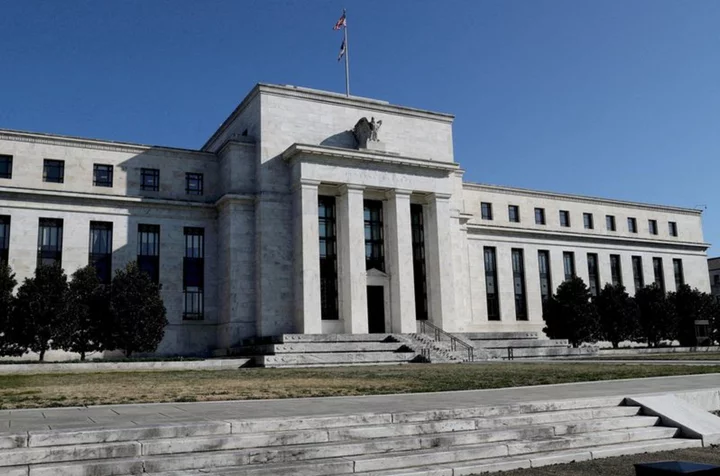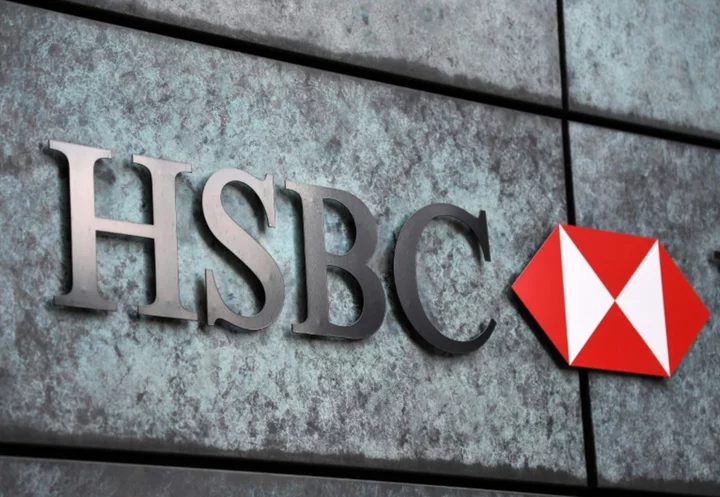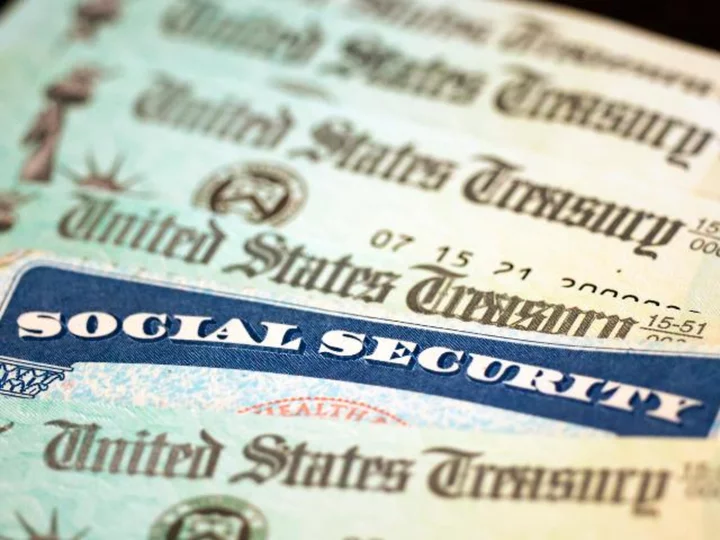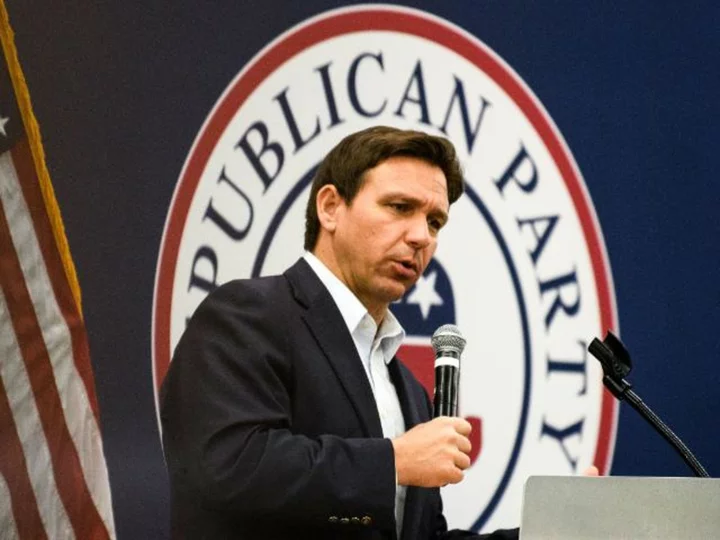By Howard Schneider
WASHINGTON Federal Reserve officials, whose hike, skip or pause messaging on interest rates has become a high-stakes word puzzle for investors, seem ready to end the U.S. central bank's run of 10 straight rate increases later this month while leaving the door open to a future rise in borrowing costs.
But after weeks in which Fed policymakers tried hard to keep their options open - with those inclined towards more hikes acknowledging a case to hold steady, and those worried about higher rates acknowledging stubbornly high inflation may require them - new economic projections to be issued at the end of the June 13-14 meeting will force central bank officials to give the sort of hard guidance through numbers that they've been reluctant to provide through words.
Since the release of their last economic projections in March, the unemployment rate has fallen and inflation has largely moved sideways. At the same time, evidence of a slowing economy has begun to build, with particular signs of stress among lower-income households, rising credit card delinquencies, and widespread uncertainty about how strict banks will become in lending after a string of high-profile failures.
Amid those competing views of the world - one where inflation remains the dominant risk, one where the economy is about to buckle - officials will have to take a stand on whether the current 5.00%-5.25% range for the Fed's benchmark overnight interest rate is still considered adequate to lower inflation - the majority view on the policy-setting Federal Open Market Committee since late 2022 - or whether rates will need to rise regardless of the risk to an economy that may be losing steam.
If sentiment is leaning momentarily towards holding rates steady at the upcoming meeting, the outcome is not a lock, with important jobs data due to be released on Friday and new inflation data coming on June 13, nor does it signal what is likely to happen next.
"It's not clear to us that any of the 11 (FOMC) participants who expected a 5.125% terminal rate in March have changed their minds," Tiffany Wilding, North American economist for PIMCO, wrote in an analysis. She expects the Fed to keep its policy rate steady this month "while hinting at potential further hikes," a way to compromise among different views and keep pressure on financial conditions.
Fed officials will enter a pre-meeting "blackout" period after Friday, with no formal chance to reshape market or household expectations as the final data reports for the inter-meeting period are released. That includes this week's U.S. employment report for May and the release of Consumer Price Index data for May on June 13, when policymakers will gather in Washington.
CANNOT RULE OUT A HIKE
At its May 2-3 meeting, the Fed approved its 10th straight rate increase since March 2022, but in doing so shifted tactics from a clear tightening path to a more ambiguous, "meeting-by-meeting" approach that in theory would allow incoming data to shape policy choices.
Left unstated is how reactive policymakers would be in the face of certain data points - stickier inflation, for example, or stronger-than-anticipated job growth - and investor views of the outcome of the June meeting have been volatile as a result.
In the last two weeks, contracts tied to the federal funds rate have jumped from pricing in a rate-hike pause this month, to pricing in an increase, to, as of Thursday, again seeing the Fed as likely to "skip" a hike at the upcoming meeting only to deliver one again in July, and then start cutting rates in September.
Fed Chair Jerome Powell and others insist that sort of erratic path is not their base case. The intent, rather, is to reach a "sufficiently restrictive" policy rate and remain at that level until it is clear inflation is falling towards the Fed's 2% target. Inflation is currently more than twice that level.
Economists, including veteran Fed watchers, are also divided between those who see inflation and the economy on the verge of a fast slowdown, those who see the central bank as still poised to hike given inflation's persistence, and a few who see the Fed managing aptly towards a "soft landing" in which the economy and inflation slow without triggering a recession.
Opinions have been shifting quick. The release of a Labor Department report on Wednesday that showed an unexpected jump in job openings weighed towards a rate increase given the Fed's focus on the strength of the job market; remarks by Fed Governor and vice chair nominee Philip Jefferson later that day tilted towards a pause when he said "skipping a rate hike at a coming meeting would allow the committee to see more data" before deciding if tighter policy was even needed.
For Larry Meyer, a former Fed governor who analyzes monetary policy for his Washington-based consulting firm, the jump in job openings "pushed us over the edge" to believe the central bank will raise rates again in June.
But "that doesn't mean we have great conviction" about the outcome, he wrote.
At the other end of the spectrum, Ian Shepherdson, the chief economist at Pantheon Macroeconomics, in a briefing this week checked off a laundry list of signs the economy is flailing, from weakening business investment to soured small business sentiment to a drop in real-time measures of things like restaurant dining, a proxy for the sort of services spending that may need to cool for inflation to fall.
Still, Shepherdson's Fed outlook was framed with a similar lack of certainty - a victory, in a way, for a central bank trying to avoid making promises.
"I do think they are done" with rate increases, he said, but "I cannot rule out another hike in June."
(Reporting by Howard Schneider; editing by Paul Simao)









